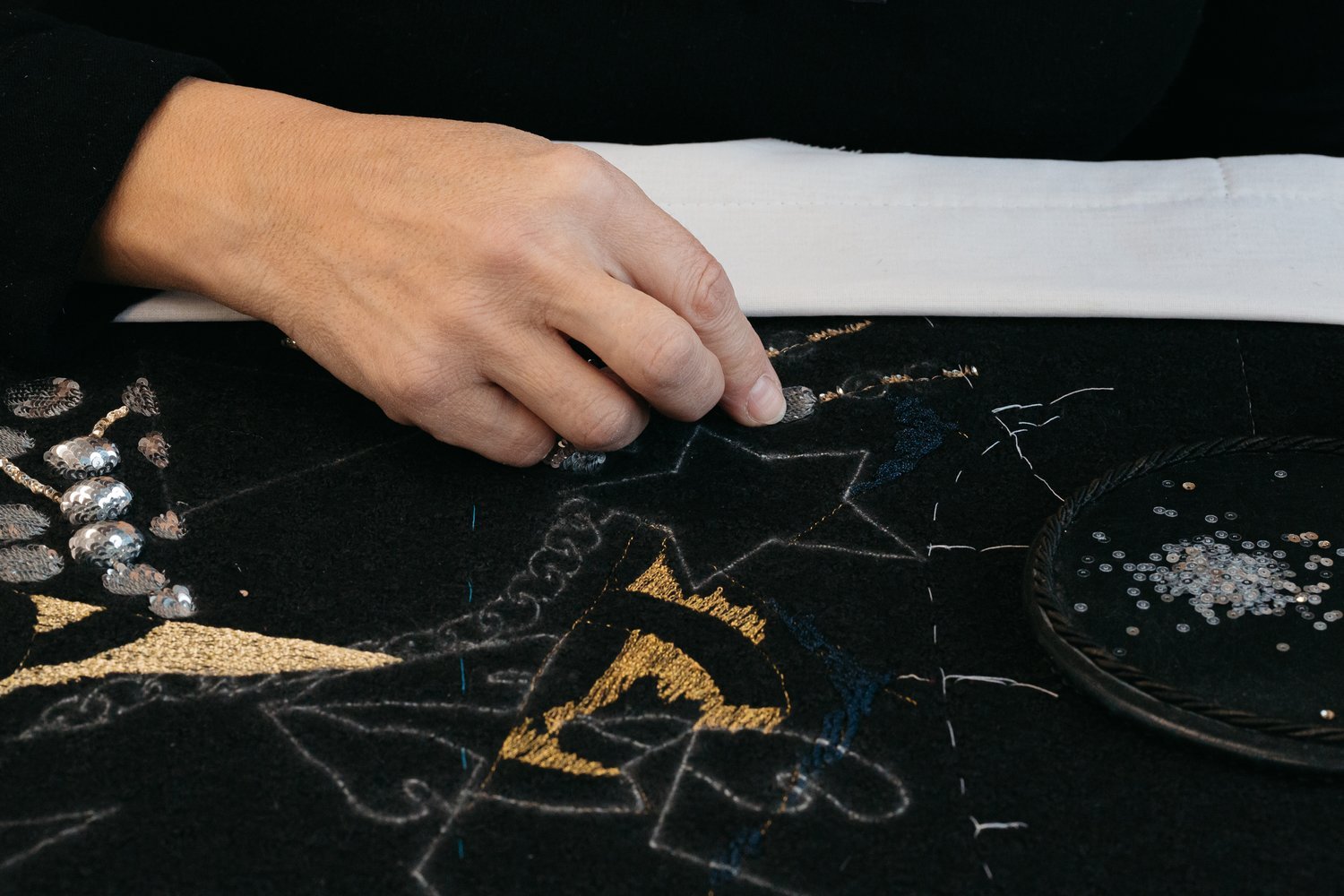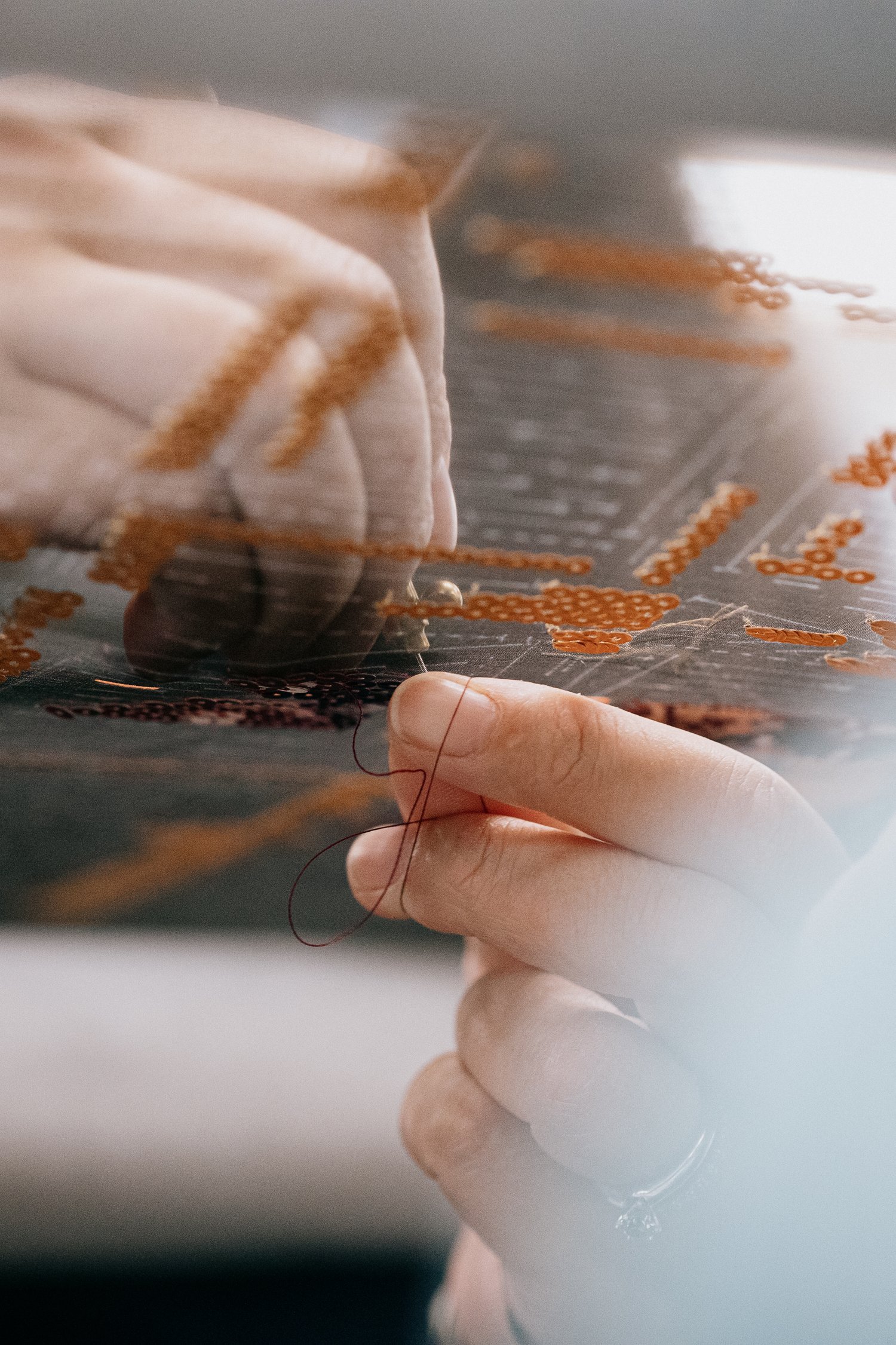What is the future of craftsmanship for luxury brands?
Expertise in producing luxury goods is something that France can boast about having global recognition. But a shifting global practice of outsourcing workshops to others countries have steadily declined the sector in the last 10 years. Conscious of the risk of them disappearing, the largest luxury brands have been taking action by opening their own training schools, programs and spaces were French savoir-faire is to be preserved.
“It looks like everyone does amazing Powerpoints and Excels, but few people know how to actually create the goods today.” – overheard at a Parisian café, 2022.
The world is constantly changing, and the luxury fashion industry has tremendously changed with it. However the outsourcing of manufacturing from several luxury brands leaves us wondering where is the highly praised artisanal and hand-made value of luxury goods.
French jeweller Cartier was one of the first houses to offer a training program in order to preserve the exceptional craftsmanship it’s known for, founding its Jewellery-Making Institute in 2002. A unique place, whose objective is to perpetuate and develop the jewellery professions through the creation of tailor-made training courses.
Certain luxury brands, who have developed their own know-how and who require employees to undergo long training periods after hiring, have realised the need to train their artisans during a pre-hiring stage. The renowned shoe brand Repetto has been teaching its famous “stitch-and-return” technique at its academy in the French region of the Dordogne since 2012.
From the fashion side, the Hermès Business Foundation has taken initiative to the conservation of craftsmanship and know-how with its Skills Academy. This project, which is dedicated to the passing-on of knowledge and skills linked to craftsmanship, invites up to 20 professionals every two years to study the potential of an all-purpose material that can be used on a global scale.
One of the latest, and probably most invested examples of French luxury brands committing to preserving their savoir-faire is Chanel’s 19M. Opened earlier this year and nested in Port d’Aubervilliers in northeast Paris, the 19M reunites the métiers d’art in one space, creating a constellation of French savoir-faire. The 24m tall building hosts 11 craft houses, a school of embroidery, and artisans working with over 40 storied French brands.
But what are exactly these métiers d’art?
Chanel devotes endless attention to detail, and it should be no surprised that they host specific ateliers that specialise in every stitch and adornment in their collections. Let’s take a closer look to some of them.
Maison Lesage
The bond between Lesage and Chanel started in 1983, with the arrival of Karl Lagerfeld. Heirs to a unique know-how, the agile and inventive embroiderers adorn clothes and accessories with sumptuous embroideries. In 1998, he started proposing tweeds to Chanel for its Ready- to-Wear collections, and since 2008, the House of Lesage has been inventing new tweeds for the Haute Couture. Sophisticated assemblies of the most diverse threads, they are the reflection of a unique know-how.
Goossens
Founded in 1950 by Robert Goossens, the goldsmith Goossens offers eponym collections of jewels and objects since 1974. Gabrielle Chanel, who met him for the first time in 1953, quickly made him one of her official suppliers, captivated by his ability to reinterpret jewellery inspired by antiquity, by Byzantium or Egypt.
They joined the Fashion Métiers d’Arts on 2005.
Lemarié
Founded by Palmyre Coyette, the House of Lemarié exists since 1880. Back then there were 300 plumassiers in Paris; today Lemarié is one of the last.
André Lemarié, grandson of the founder, joined the company in 1946 and extended the activity of the House to making flowers. When Gabrielle Chanel made the camellia an emblematic element of Chanel in the 1960s, Lemarié was an obvious choice. Since then camellias, dahlias, peonies, anemones, poppies, tulips, orchids and even roses have all been crafted from organza, chiffon, tulle, leather and velvet. An expert in flowers and in feathers, Lemarié also excels at couture (incrustations, ruffles, sophisticated smocking). In 1996, the House joined the Fashion Métiers d’art.
Atelier Montex
Founded in 1939 in Paris by Jacques Lemonier, the Montex embroidery atelier started by embroidering fabrics by the meter, destined for the Parisian couture houses.
Today the house is brimming with incredibly modern embroidery samples, both sophisticated and innovative, just like the lace embroidered on newspaper, or the spiral crafted from baguette beads for a 3D volume effect.













